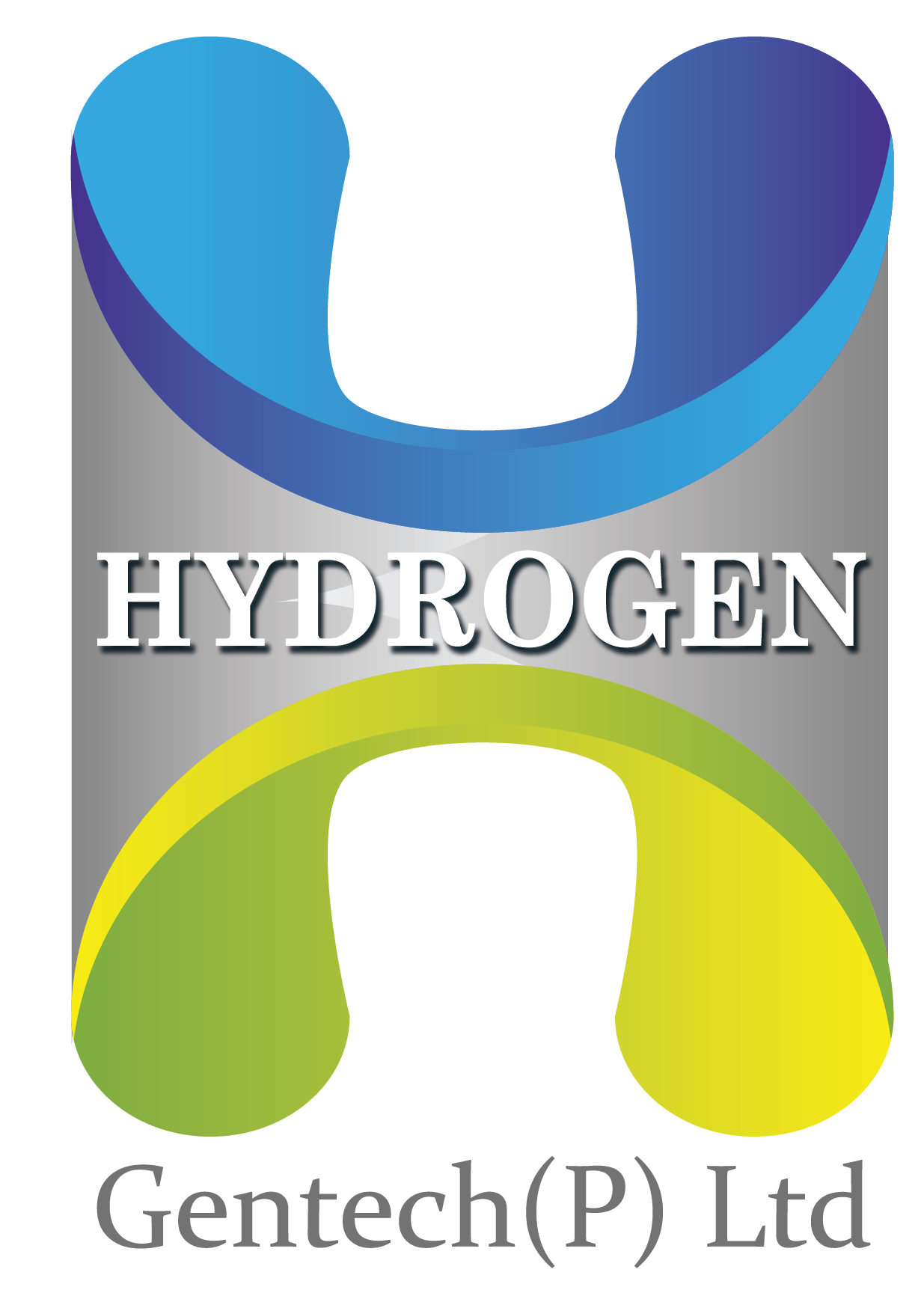Nitrogen and oxygen gases are essential to a wide range of industries—from pharmaceuticals and metallurgy to chemicals, electronics, and food packaging. These gases are extracted from ambient air, which contains approximately 78% nitrogen, 21% oxygen, and 1% other gases. The most common air separation technologies for nitrogen and oxygen generation are Pressure Swing Adsorption (PSA), Membrane Separation, and Cryogenic Distillation. Each method serves different purity, volume, and application needs. This article presents a comparative overview of how these technologies work, their key features, and which use cases they are best suited for.
1. Overview of Air Separation Technologies
| Technology | Principle | Purity Range | Capacity Range |
|---|---|---|---|
| PSA | Adsorption of gases at pressure | Nitrogen: up to 99.999% | Small to medium plants (up to ~500 Nm³/h) |
| Membrane Separation | Selective permeation through membranes | Nitrogen: 95–99.5% | Small to medium (10–2,000 Nm³/h) |
| Cryogenic Distillation | Low-temperature fractional distillation | Oxygen: up to 99.5%, Nitrogen: up to 99.999% | Medium to large (≥500 Nm³/h) |
2. Pressure Swing Adsorption (PSA)
Working Principle
PSA technology relies on the selective adsorption of gases under pressure. In nitrogen generation, compressed air is passed through vessels filled with carbon molecular sieves (CMS). These sieves preferentially adsorb oxygen, moisture, and CO₂, allowing nitrogen to pass through. For oxygen generation, zeolite adsorbents are used to trap nitrogen, allowing oxygen to exit as the product gas.
Operation
- Adsorption: At high pressure, the desired component (either nitrogen or oxygen) remains unadsorbed and exits.
- Desorption: Pressure is lowered to regenerate the adsorbent bed.
- Cyclic Process: Twin beds operate in alternating cycles to ensure continuous production.
Features
- Purity: Nitrogen up to 99.999%; Oxygen up to 95%
- Start-up Time: ~30 minutes
- Automation: Fully automatic with PLC control
- Footprint: Compact; skid-mounted options available
Advantages
- Low energy consumption
- Simple operation and maintenance
- Rapid deployment with modular systems
Limitations
- Not suitable for ultra-high purity oxygen (>99.5%)
- Performance sensitive to ambient temperature and humidity
Best Use Cases
- Nitrogen for food packaging, laser cutting, inert blanketing
- Oxygen for healthcare, small-scale water treatment, metallurgy
3. Membrane Separation
Working Principle
Membrane systems use selective gas permeation. Compressed air passes through hollow fiber or spiral-wound polymer membranes. Gases permeate at different rates based on their molecular size and solubility. Fast gases (O₂, H₂O, CO₂) pass through quickly, while slower gases (N₂) are retained.
Operation
- Feed Air Compression: Air is dried and filtered.
- Membrane Module: Air flows through semi-permeable membranes.
- Separation: Faster gases exit as permeate; slower gases (like nitrogen) are collected as the product.
Features
- Purity: Nitrogen: 95–99.5%; Oxygen: up to 45%
- Start-up Time: Less than 5 minutes
- Scalability: Easily expandable by adding membrane modules
Advantages
- No moving parts in the separation stage
- Fast start-up and shut-down
- Low maintenance
- Compact and portable
Limitations
- Lower maximum purity than PSA or cryogenic
- Performance degrades with humidity and high temperatures
- Not suitable for oxygen generation beyond enriched air
Best Use Cases
- Nitrogen for tire inflation, fire prevention, marine applications
- Mobile and remote nitrogen units for oil & gas fields
4. Cryogenic Air Separation (ASU)
Working Principle
Cryogenic separation uses fractional distillation at very low temperatures. Air is compressed, cooled, and liquefied. The liquefied air is then separated into nitrogen, oxygen, and argon based on their boiling points.
Operation
- Compression: Air is filtered and compressed.
- Cooling & Liquefaction: Through a heat exchanger and expansion process.
- Fractional Distillation: In a distillation column, oxygen is separated from nitrogen based on their volatility.
- Storage/Delivery: Product gases are stored as liquid or compressed gas.
Features
- Purity: Nitrogen and Oxygen up to 99.999%
- Capacity: High-flow rates (>500 Nm³/h)
- Integration: Can produce multiple gases (O₂, N₂, Ar)
Advantages
- Highest purity and volume output
- Best for liquid production
- Continuous 24×7 operation with stable output
Limitations
- High capital and operational cost
- Long installation and commissioning time
- Requires skilled operation and maintenance
Best Use Cases
- Steel plants, chemical industries, refineries
- Medical-grade oxygen supply for hospitals
- LNG facilities and aerospace applications
5. Comparative Analysis
| Parameter | PSA | Membrane | Cryogenic ASU |
|---|---|---|---|
| Purity (N₂) | Up to 99.999% | Up to 99.5% | Up to 99.999% |
| Purity (O₂) | Up to 95% | Up to 45% (not pure oxygen) | Up to 99.5% |
| Capacity Range | Small to Medium | Small to Medium | Medium to Large |
| Start-up Time | 20–30 minutes | <5 minutes | 6–8 hours |
| Energy Consumption | Low to Moderate | Low | High |
| Capex & Opex | Low | Very Low | Very High |
| Maintenance Needs | Moderate (valves, adsorbents) | Low (membrane module replacement) | High (compressors, turbines, cold box) |
| Use Case Flexibility | Broad (industries, hospitals, labs) | Mobile and remote units | Industrial-scale and high-purity applications |
6. Selection Criteria for End Users
To choose the right technology, consider:
- Required Purity
- Flow Rate
- Footprint and Portability
- Capital Budget
- Downtime Tolerance
- Use Case Specifics
Conclusion
Each air separation technology—PSA, membrane, and cryogenic—has a specific role in nitrogen and oxygen generation. PSA offers a balanced solution for purity and cost-efficiency. Membrane systems are ideal for mobile, rugged use where moderate purity is sufficient. Cryogenic ASUs dominate when ultra-high purity and volume are required. Understanding these distinctions allows industries to match technology to application, ensuring optimal performance, compliance, and return on investment.

